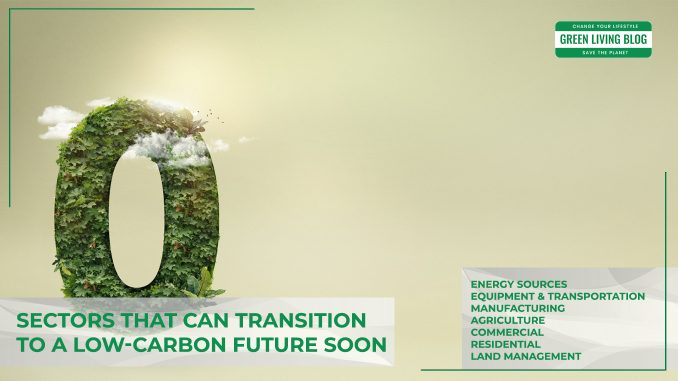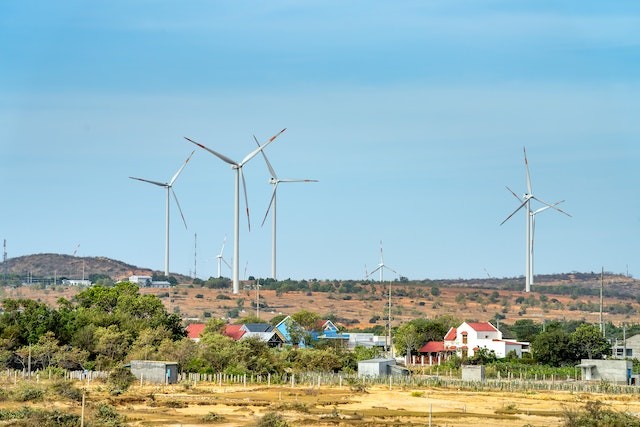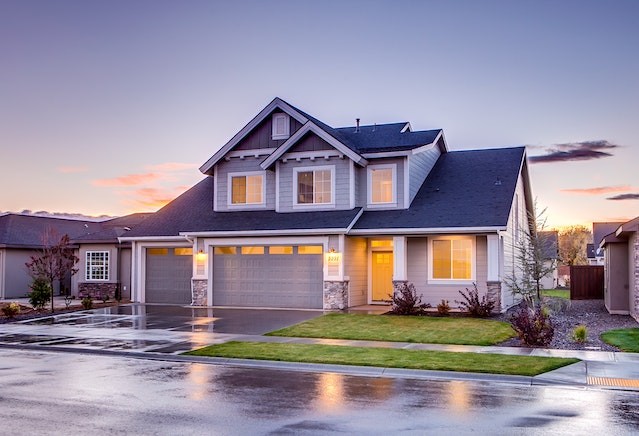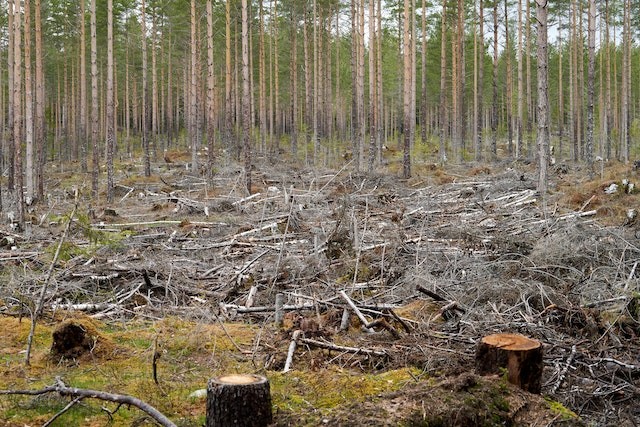
As the climate crisis grows in severity, a timely transition to a low-carbon future gets more and more urgent.
How can we accelerate this transition?
What strategies have people developed to reduce their carbon footprints?
Let’s review some promising practices and technologies to help us achieve net-zero emissions.
Key Changes for a Low-Carbon Future
To ensure a low-carbon future, humanity needs to make some significant changes in seven essential departments:
- Energy sources
- Transportation
- Manufacturing
- Agriculture
- Commercial
- Residential
- Land Management
Each sector faces a unique set of obstacles in the quest for net-zero emissions.
Here is a quick look at the tools and techniques experts are using to make their fields more sustainable.
1. Energy Sources

The primary obstacle to net-zero carbon emissions is an obsolete power structure relying on fossil fuels. Countries around the world need to transform their grids to accommodate renewable energy sources like these:
- Solar
- Wind
- Nuclear
- Hydroelectric
The switch from fossil fuels to renewable energy might end up being easier for less-industrialized countries than global powers. For example, while the U.S. is cleaning up its abandoned mines and pipelines, Vietnam and Ethiopia have made great strides with their low-carbon power grids.
2. Equipment & Transportation

Our gas-powered vehicles are some of the most prominent contributors to global carbon emissions. Many countries have begun the widespread adoption of electric vehicles for domestic and commercial uses — however, EVs need to go beyond the mainland. The successful creation of all-electric aircraft and ships is a sign of progress, but manufacturers still have a long way to go.
Gas-powered equipment and vehicles don’t have to disappear altogether, but we do need to switch to cleaner alternative fuels to help the Earth. Cleaner energy leads to greater efficiency and longer engine life. The more long-term sustainability we add to the transportation sector, the better.
3. Manufacturing

Construction, mining, and other high-emissions manufacturing industries need to become more efficient, starting with adopting the aforementioned low-carbon fuel sources. They can also collect and reuse waste heat as another energy source.
The materials and strategies in these industries also need a shake-up. For example, we’re seeing a shift to sustainable components and modular building in construction. 3D printing could enable us to create entire structures with minimal emissions. However, mining for metals like copper, nickel, and lithium will ramp up to meet the growing demand for all-electric technologies.
4. Agriculture

The agricultural sector’s primary emissions are methane, nitrous oxide, and other greenhouse gases. To reduce the greenhouse effect, farmers must optimize their manure usage and stop the emissions from escaping into the atmosphere. They also need to treat livestock better to create higher quality food products and cut back on waste.
Sustainable agriculture techniques like no-till farming, rotational grazing, and deep-bedding animals can significantly reduce emissions and make each farm more efficient. Sustainable farm animal feed is another factor many farmers can consider.
5. Commercial

Businesses worldwide — no matter their size or industry — need to make everyday efforts to reduce their emissions. They can minimize office supply consumption, switch to sustainable packaging materials, and offer remote work so employees can skip the daily commute. Sustainability in the commercial world takes many forms.
Many companies also use carbon calculators to estimate their daily emissions and identify weaknesses in their business model.
6. Residential

The average citizen plays a significant role in creating a low-carbon future. We must build energy-efficient homes, buy eco-friendly products, and minimize our carbon footprints day in and day out. Accountability is crucial — many of us will have to change our current lifestyles to create sustainable communities, but that’s the sacrifice we must make for the next generations.
7. Land Management

Our management of urban centers and rural landscapes need the most tremendous improvements of all. First, we need to end deforestation and preserve the carbon sinks nature provides. We also need to rebuild city infrastructures to support renewable energy sources and encourage eco-friendly transportation and should incorporate sustainable landscaping.
Another substantial urban investment is an energy-efficient heating and cooling system for each building. The technology is ready and waiting — we just need to learn how to use it to full effect.
A Long Transition Awaits
A combination of widespread infrastructure changes and small everyday efforts will cause the transition to a low-carbon future. However, a long shift awaits. We might not see the fruits of our labor, but we still need to get the ball rolling. The prosperity of our children and grandchildren depends on it.
![]()
Author Profile
- Online Media & PR Strategist
- Blogger and Educator by Passion | Senior Online Media & PR Strategist at ClickDo Ltd. | Fascinated to Write Lifestyle Blogs in News & Education I have completed a journalism summer course at the London School of Journalism and manage various blogs.
Latest entries
 BusinessMay 15, 2024How Software Influences Sustainable Practices in Cloud Computing
BusinessMay 15, 2024How Software Influences Sustainable Practices in Cloud Computing EnvironmentApril 22, 2024The Potential for Geothermal Energy in the UK Heats Up
EnvironmentApril 22, 2024The Potential for Geothermal Energy in the UK Heats Up TechnologyApril 20, 2024Do You Want to Become a Sustainable Investor? A Beginner’s Guide to Sustainable Investing
TechnologyApril 20, 2024Do You Want to Become a Sustainable Investor? A Beginner’s Guide to Sustainable Investing Green Expert GuidesApril 5, 2024The Economics of Solar: Understanding Feed-in Tariffs and Energy Trading
Green Expert GuidesApril 5, 2024The Economics of Solar: Understanding Feed-in Tariffs and Energy Trading






Leave a Reply
You must be logged in to post a comment.